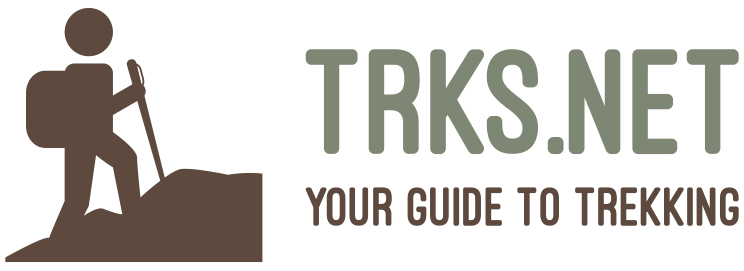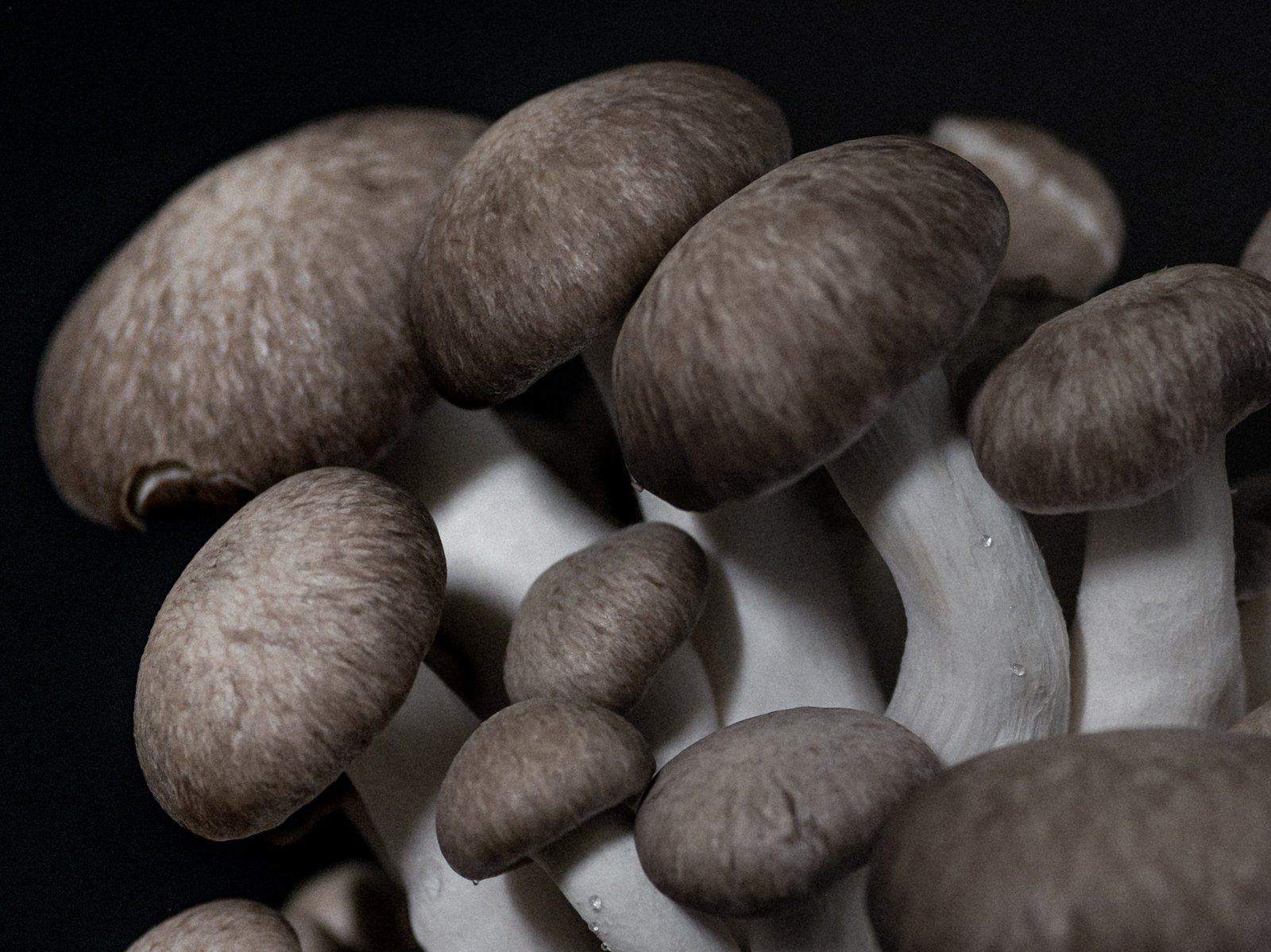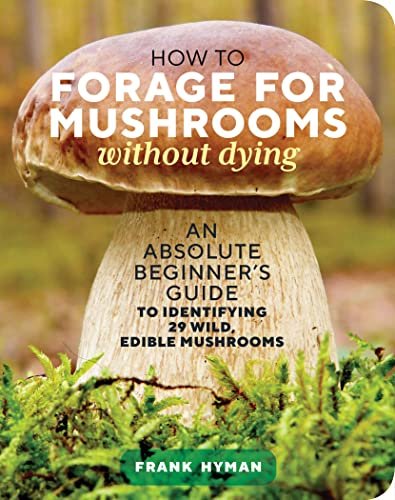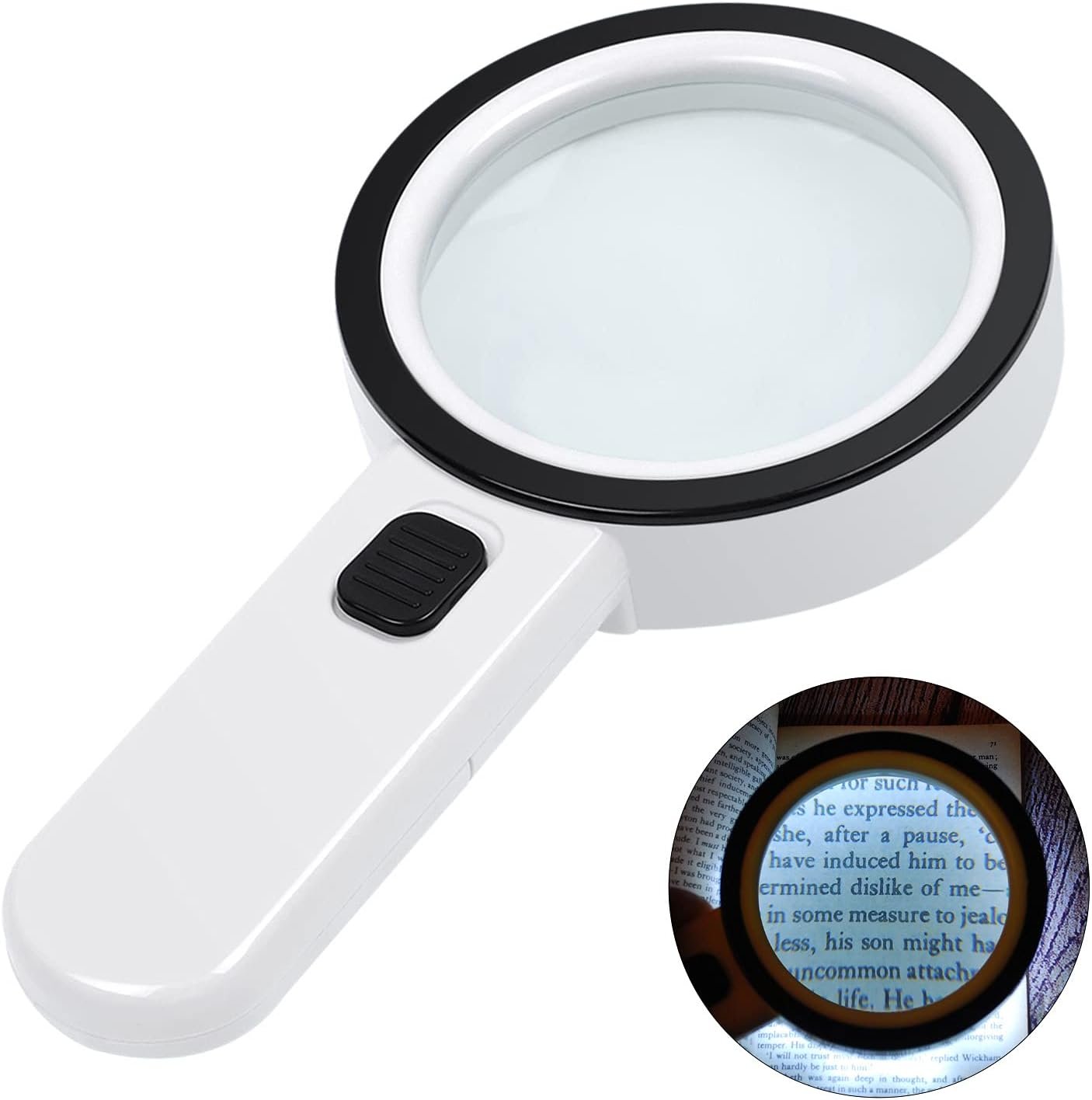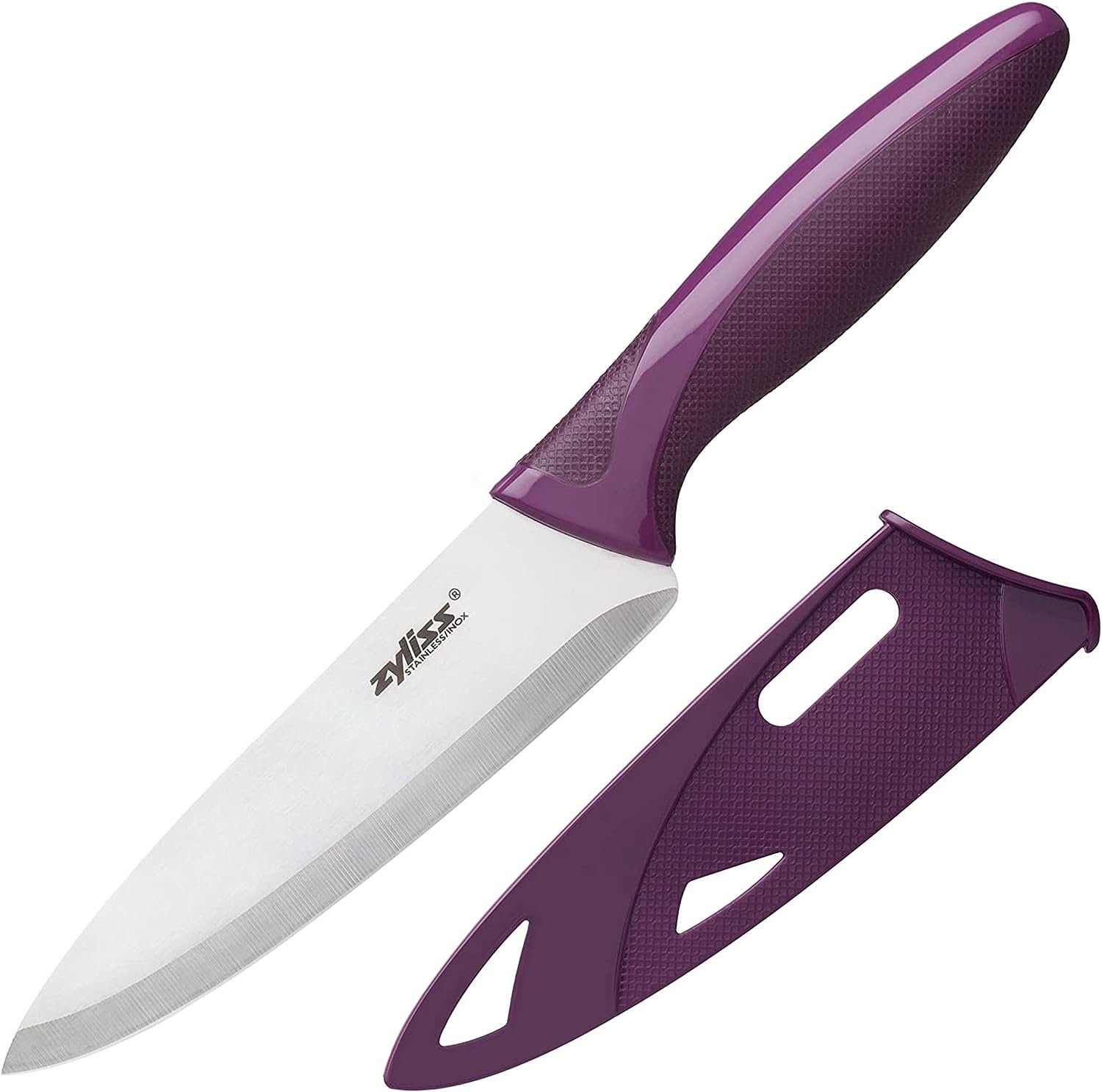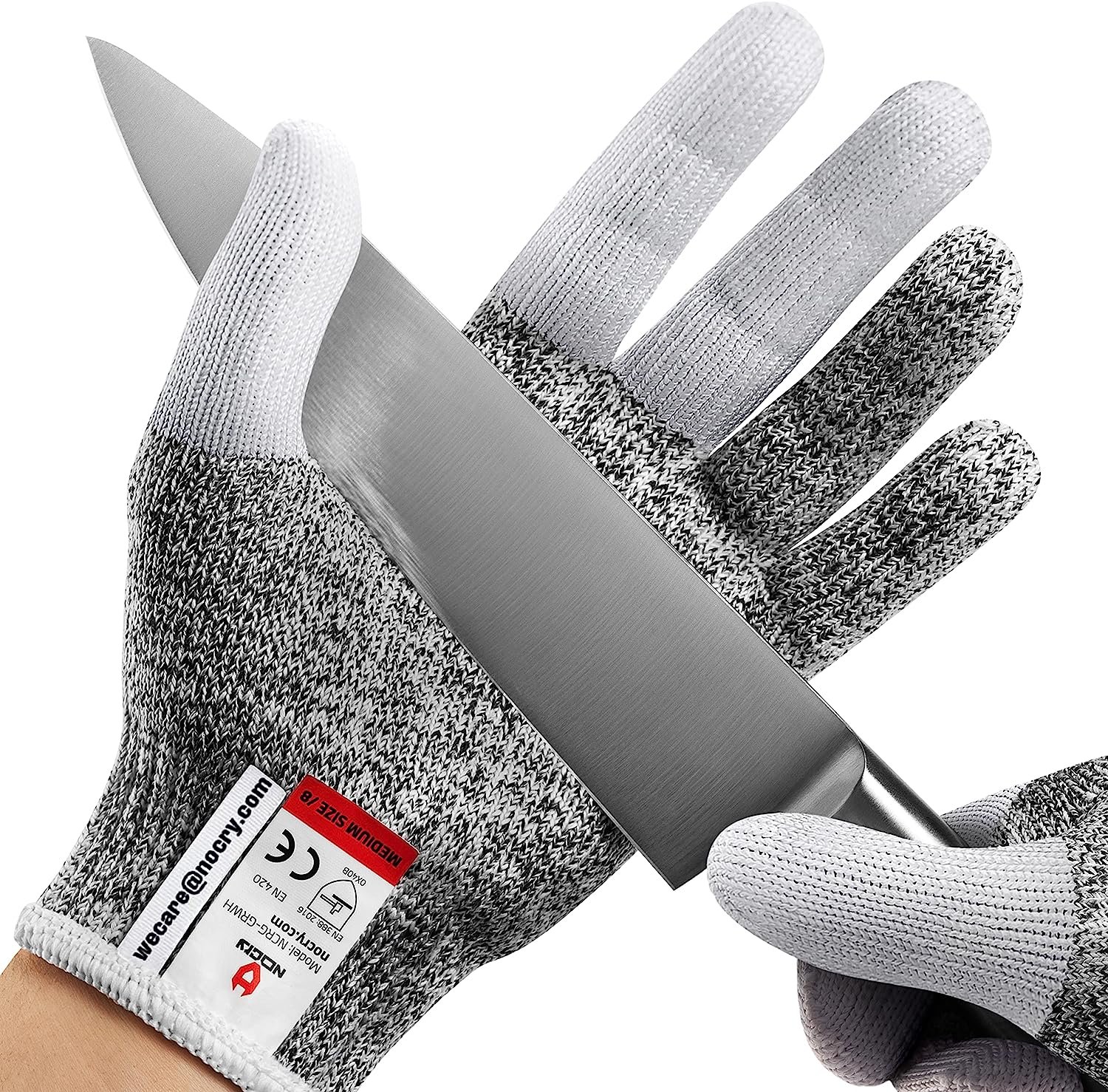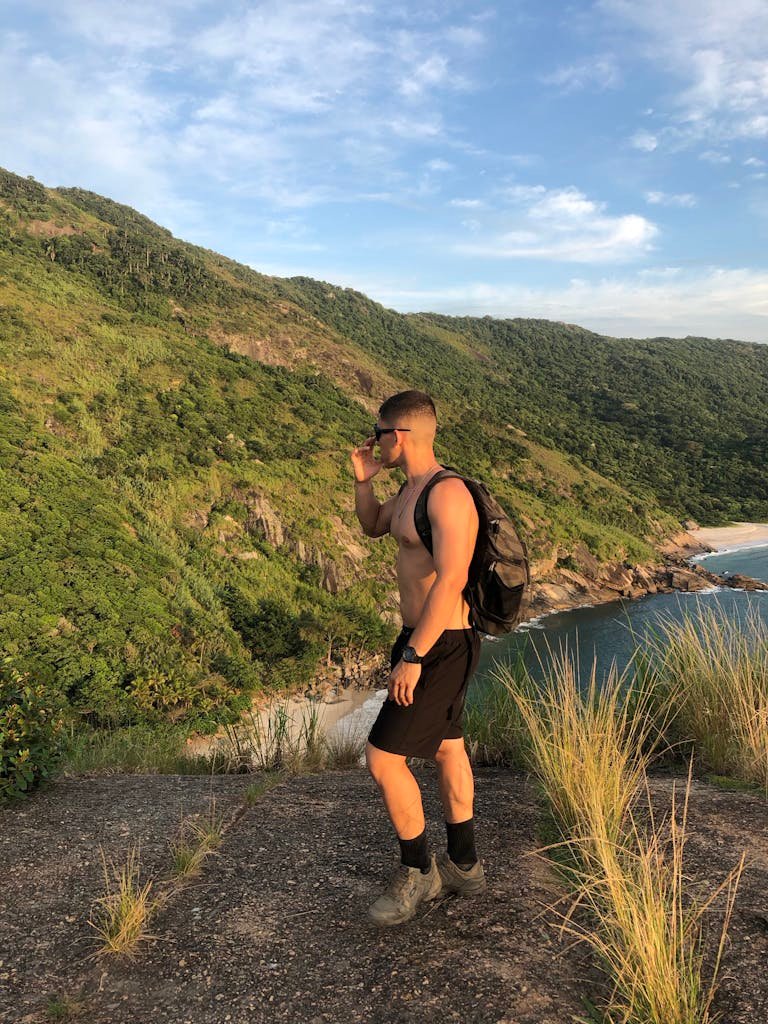Are you an adventurous soul who loves exploring the great outdoors? Do you have a passion for hiking and want to take your outdoor experiences to the next level? If so, then you’ve come to the right place! Here, we will satisfy your curiosity and provide you with all the essential information you need to embark on an exciting culinary adventure in the wilderness. Join us as we dive into the world of wild edibles and discover how you can add a delicious and nutritious twist to your outdoor excursions.
What is Food Foraging?
Food foraging, also known as wildcrafting or wild food gathering, is the act of sourcing edible plants, mushrooms, and other natural resources from the wild. It is an ancient practice that has been passed down through generations, providing sustenance and nourishment to our ancestors. In recent years, food foraging has gained popularity among outdoor enthusiasts, nature lovers, and even professional chefs who seek to reconnect with nature and explore the vast array of flavors and textures that the wilderness has to offer.
While food foraging can be a rewarding and enriching experience, it is important to approach it with caution and respect for the environment. Understanding which plants and mushrooms are safe to consume and practicing sustainable harvesting techniques are essential to ensure the preservation of our natural resources. So, before you set out on your next hiking adventure, let’s delve into the benefits of food foraging and the safety considerations you need to keep in mind.
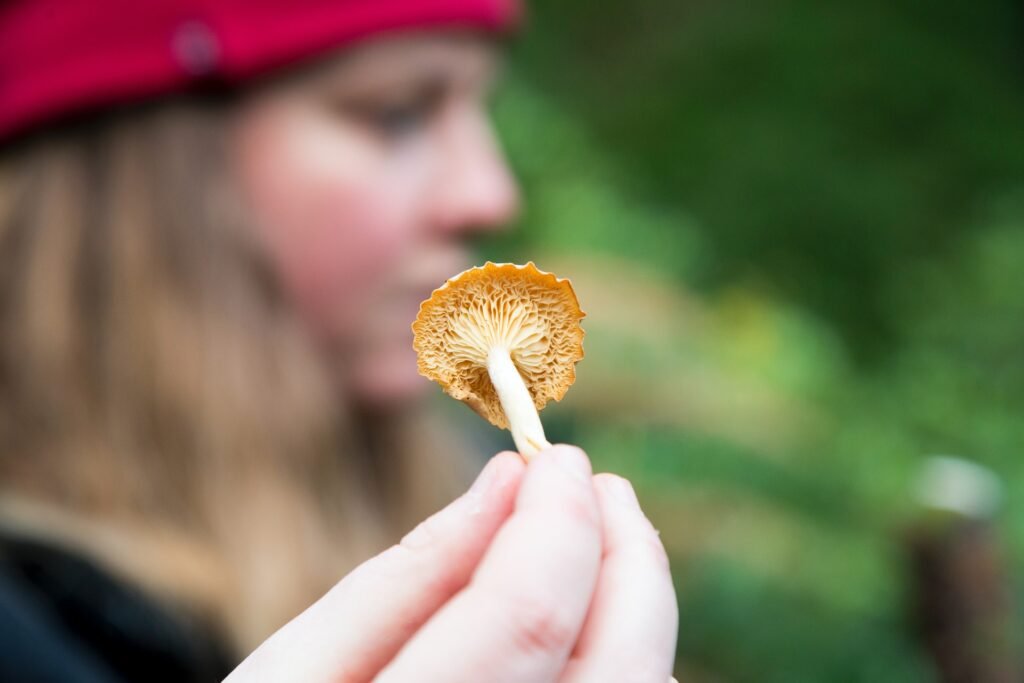
Benefits
Food foraging offers a multitude of benefits that go beyond the thrill of discovery and the taste of freshly picked wild foods. Here are some reasons why you should consider incorporating food foraging into your hiking adventures:
1. Enhanced Connection with Nature
Food foraging allows you to intimately engage with the natural environment. As you become more attuned to the patterns of the seasons, the diversity of plant life, and the interrelationships between species, you develop a deeper understanding and appreciation for the ecosystem that sustains us.
2. Nutritional Diversity
While traditional hiking meals often consist of packaged and processed foods, food foraging offers the opportunity to introduce a wide range of fresh, nutrient-dense ingredients into your meals. Wild plants and mushrooms are often packed with vitamins, minerals, and antioxidants that can boost your overall health and well-being.
3. Cost-Saving
By sourcing some of your food from the wild, you can reduce your reliance on store-bought groceries, which can be expensive, especially for long hiking trips. Food foraging allows you to supplement your meals with free, organic, and nutritious ingredients, helping you stretch your budget while enjoying high-quality, sustainable food.
4. Culinary Adventure
Foraging for food opens up a whole new world of flavors and textures. As you experiment with different wild edibles, you can create unique and delicious dishes that showcase the natural diversity of the landscape.
Safety Considerations
While the idea of sourcing food from the wild may be exciting, it is crucial to prioritize safety when it comes to food foraging. Here are some essential considerations to keep in mind:
1. Educate Yourself
Before you start foraging, invest time in learning about the local flora and fauna. Familiarize yourself with the common edible plants and mushrooms in your region, as well as any toxic look-alikes that may pose a risk. Take a field guide or refer to reputable online resources to aid in your identification process.
2. Never Consume Anything You Are Unsure Of
When foraging for food, it is critical to be 100% confident in your identification before consuming any plant or mushroom. Even a small mistake can have serious consequences. If you are unsure about a particular species, do not eat it.
3. Start with Easily Identifiable Species
When you’re just starting out, it’s best to focus on plants and mushrooms that have distinct characteristics and are easy to identify. Build your knowledge and confidence gradually, and as you become more experienced, you can explore more challenging species.

Note: Some of the links here are affiliate links. There’s NO additional cost for you, but it does help our team to earn some coffee money to help write more tips for your next adventure.
Essential Tools for Food Foraging While Hiking
When venturing into the world of food foraging while hiking, it is important to have the right tools at your disposal. Here are some essential items to consider adding to your hiking gear:
1. Field Guide
A reliable field guide specific to your region is an invaluable resource for identifying edible plants and mushrooms. Look for guides that include detailed descriptions, clear photographs or illustrations, and information on poisonous look-alikes.
2. Magnifying Glass
A magnifying glass can be helpful for examining the intricate details of plants and mushrooms, especially when identifying more challenging species. It allows you to observe characteristics such as gill structure, stem texture, and spore color, which can aid in accurate identification.
3. Sharp Knife
A sharp knife is a versatile tool that can come in handy during food foraging. Use it for cleanly and safely harvesting plants or mushrooms, trimming away any unwanted parts, or preparing your foraged finds for cooking.
4. Collection Bag or Basket
A collection bag or basket is essential for gathering your foraged foods. Look for a bag or basket with breathable material to prevent moisture buildup, which could lead to spoilage. Avoid using plastic bags as they can cause your foraged finds to sweat and deteriorate quickly.
5. Gloves
While gloves are not always necessary, they can be useful when handling certain plants or mushrooms that may cause skin irritation or staining. Opt for gloves made of lightweight, breathable material that allows for dexterity and tactile sensitivity.
The Bottom Line
The practice of food foraging is a great way to connect with the environment and discover new varieties of plants and mushrooms. Not only can you use your newfound knowledge of plants and foods to improve your health and well-being, you can share it with your loved ones. By harvesting and consuming your own food, you demonstrate to those around you that you care about the quality of their diet and the environment. Food foraging can also be a great source of entertainment, providing you with a new perspective on nature. You can’t go wrong by incorporating a little bit of wildcrafting into your hiking routine!
